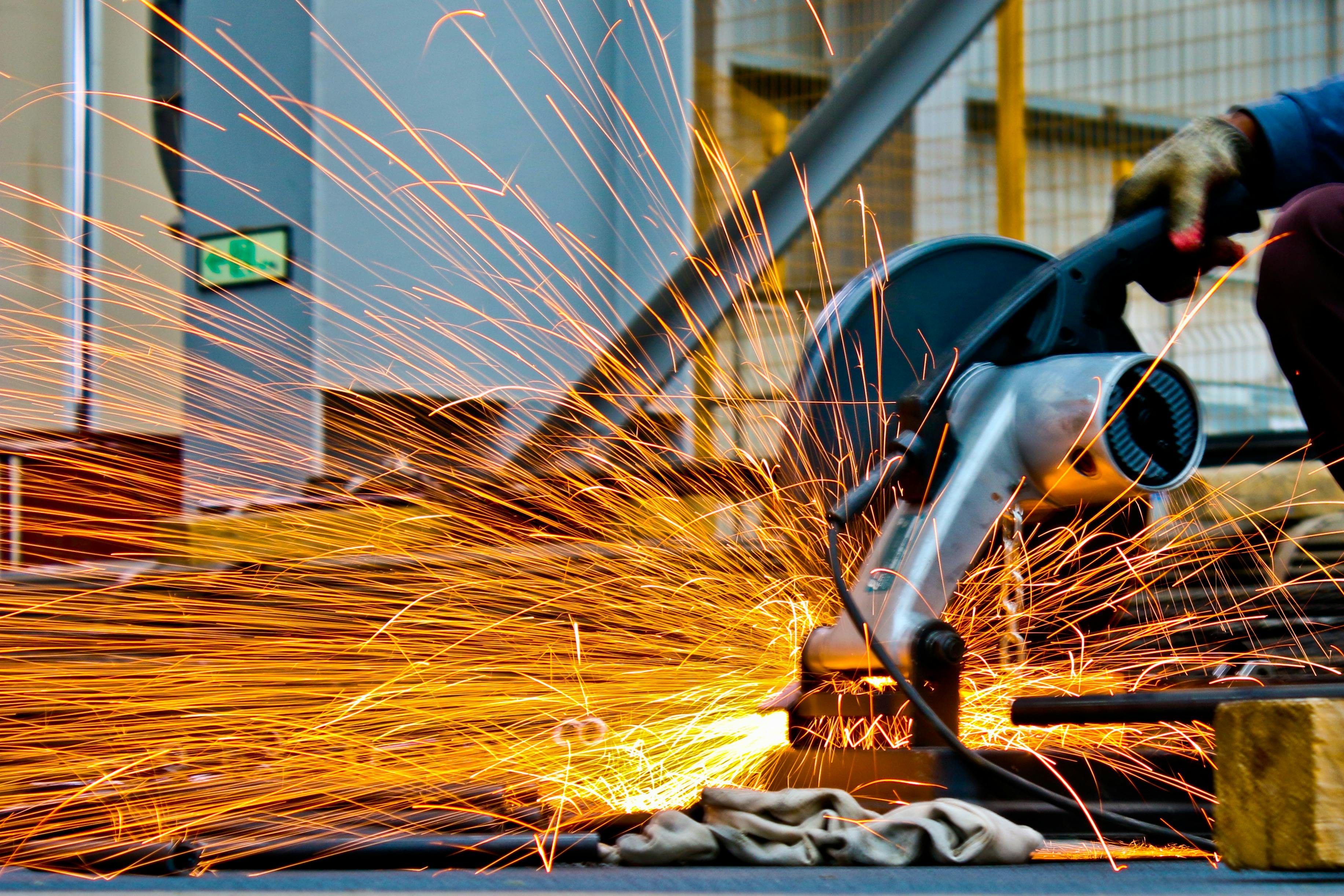Seasonal maintenance issues to watch for in coastal desert climates
Living in coastal desert climates presents a unique set of maintenance challenges for apartment dwellers and property managers. From saline air and intense sun to sudden humidity swings and seasonal dust events, these conditions affect building fabric, utilities, and tenant comfort. Understanding what to inspect and when helps protect housing value and occupant safety over the lease term.

Coastal desert climates combine strong sunlight, high salt content in the air, and occasional humidity spikes. These conditions influence how apartments age and which maintenance priorities matter most for landlords and tenants. Regular inspection and planned upkeep reduce disruptions to utilities and improve long-term sustainability of the building.
Housing and building envelope
Salt-laden air and UV exposure accelerate wear on external surfaces, cladding, and paint. Regular checks of the building envelope — including balconies, railings, window seals, and external piping — help catch corrosion, blistering, or sealant failure early. Pay attention to waterproofing membranes and flashing around openings; failures here can lead to interior damp patches after rare coastal storms or humidity surges. Good documentation in the inventory and regular photographic records during inspections make it easier to identify progressive deterioration over tenancy periods.
Tenancy, lease, and inventory checks
Lease agreements should clarify who is responsible for routine maintenance versus major repairs, and include expectations for seasonal checks. Tenancy turnovers are ideal times for a detailed inventory inspection: note the condition of finishes, vents, fixtures, and any prior salt or moisture-related damage. A thorough move-in and move-out inventory reduces disputes and ensures that routine maintenance tasks — like cleaning drainage points and treating metal surfaces — are not neglected during a lease term.
Utilities and ventilation concerns
High temperatures and dusty conditions put extra strain on HVAC systems, water heaters, and electrical components. Schedule seasonal servicing of air conditioning units before peak summer to ensure efficient cooling and to avoid sudden utility failures. Replace filters more frequently due to sand and dust load, and inspect ventilation paths for blockages or corrosion. Proper ventilation reduces indoor humidity swings that can cause condensation and mold, improving both tenant comfort and long-term durability of materials.
Maintenance tasks across seasons
Create a seasonal maintenance checklist tailored to coastal desert conditions. Typical tasks include salt-cleaning of exposed metalwork, re-coating or repainting sun-exposed areas, checking roof and balcony drainage after dust events, and testing protective coatings on plumbing and fixtures. Schedule inspections after high-wind or sandstorm events. Consistent preventive maintenance protects communal elements like parking structures and walkways, reducing the likelihood of sudden repair needs that affect tenancy and lease compliance.
Safety, inspection, and parking considerations
Salt corrosion can undermine structural fasteners, railings, and outdoor lighting, posing safety risks if unchecked. Regular inspections should cover stairwells, handrails, and anchoring points. Parking areas deserve particular attention: surfaces can degrade faster under combined heat and salt exposure, and marked bays may need more frequent repainting. Ensure safety systems such as fire alarms and emergency lighting are tested more often in climates where dust and heat could impair sensors and batteries.
Walkability, ventilation, and sustainability
Design choices that improve walkability and passive cooling reduce reliance on energy-intensive systems. Planting wind-tolerant vegetation, shading walkways, and using permeable paving help mitigate dust and surface heat. Enhancing natural ventilation paths reduces cooling loads while decreasing condensation-related maintenance needs. For sustainability, choose corrosion-resistant materials and low-maintenance finishes where possible; these choices lower lifecycle maintenance demands and can improve housing appeal to environmentally minded tenants.
Conclusion Property managers and tenants in coastal desert climates benefit from planned, seasonal maintenance focused on corrosion control, ventilation, and utility resilience. Clear lease language about responsibilities, frequent inspections, and attention to walkability and sustainability choices help preserve housing quality, improve safety, and reduce unexpected repairs over time.





